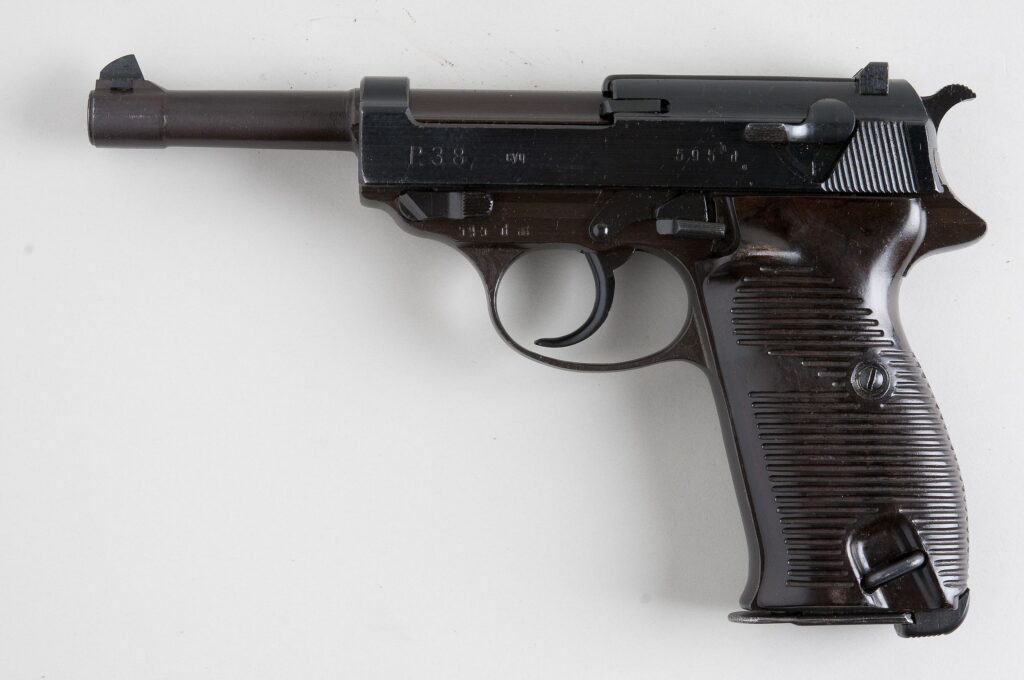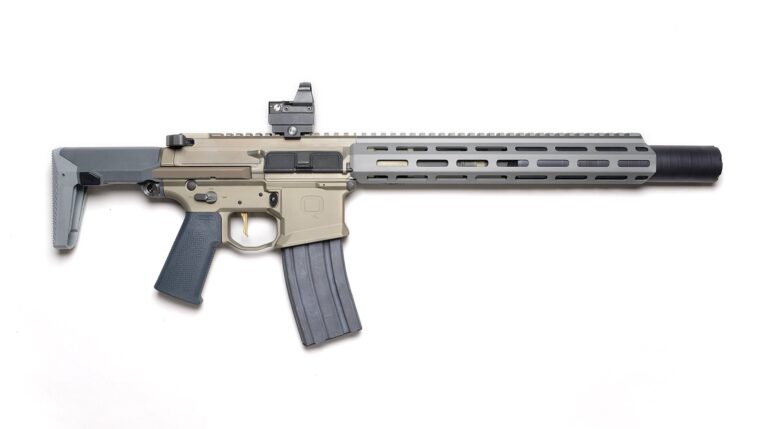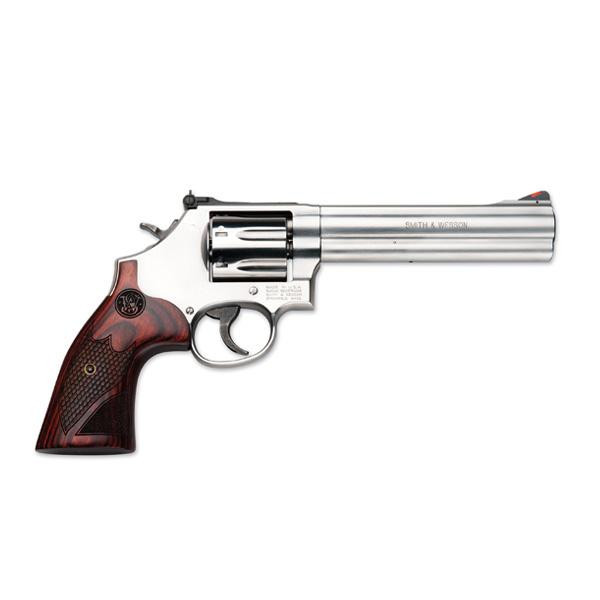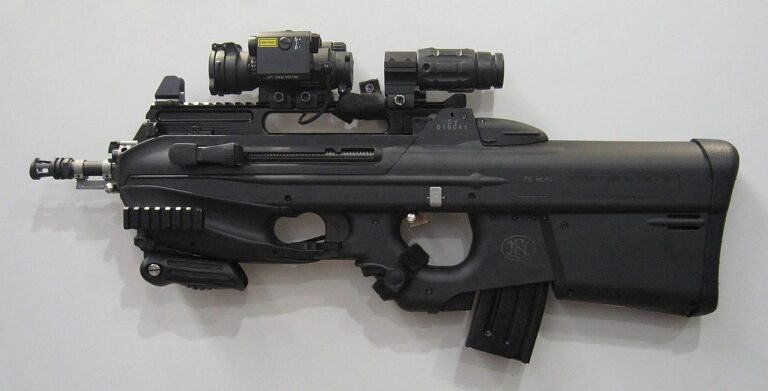Introduction
The Walther P38 is an iconic semi-automatic pistol developed by Nazi Germany before the Second World War. Designed to replace the Luger P08, it combines reliability, mechanical innovation and ease of production. Used by the Wehrmacht from 1939 to 1945, it also had a long post-war career, both in the armed forces and in the hands of collectors.
Development context
In the late 1930s, Germany was looking to modernize its personal weaponry. The Luger P08, though accurate, was expensive to produce and had a complex mechanism. Carl Walther GmbH introduced a new model that was simpler, more robust and less expensive to manufacture: the P38.
Officially adopted in 1938 (hence its name), the P38 became the Wehrmacht’s new regulation handgun in 1939. It introduced an innovative mechanism for the time: the double-action trigger, enabling the hammer to be fired without having to be cocked manually, as on a double-action revolver.
Technical specifications
| Features | Detail |
|---|---|
| Caliber | 9×19 mm Parabellum |
| Overall length | 216 mm |
| Barrel length | 125 mm |
| Magazine capacity | 8 shots |
| Empty weight | 800 g approx. |
| Mechanism | Semi-automatic, open breech |
| Trigger | Double action / Single action |
| Security | Disarming lever |
| Materials | Steel (frame and slide) |
Operation and innovations
The P38 marks a turning point in the history of military handguns with several major innovations:
Double action: The first mass-produced military weapon to feature a double-action trigger.
Open cylinder head with swinging block: reliable, easy-to-maintain, short-travel recoil borrowing system.
Disarming lever: allows the dog to be disarmed without firing.
Detachable charger: inserted in the handle, releasable via a button on the heel.
Its ergonomic design, accessible mechanics and reliability made it a popular weapon with soldiers and civilian shooters alike after the war.
Production and variants
P38 production lasted from 1939 to the end of the 1940s for wartime models, then resumed in various forms until the 2000s.
War models (1939-1945)
Walther P38: produced by Walther in Zella-Mehlis, marked “ac” + year.
Mauser P38: production under code “byf” then “svw”.
Spreewerk P38: production code “cyq”.
War variants can differ in finish quality, depending on the year and the urgent need for war.
Post-war models
P1: modernized version with aluminum frame, used by the Bundeswehr (West German army) from 1957 to 2004.
P4 and P5: more modern derivatives for police forces.
P38K: compact version with short barrel and reduced slide.
Comparison with other military pistols
| Model | Caliber | Main mechanism |
|---|---|---|
| Walther P38 | 9×19 mm | DA/SA, open breech |
| Luger P08 | 9×19 mm | Toggle lock |
| TT-33 | 7.62×25 mm | SA only, breech closed |
The P38 stands out for its compromise between safety, reliability and ease of maintenance. It lays the foundations for the next generation of modern spray guns.
Military and post-war use
The P38 was used extensively throughout the Second World War. Its reliability in difficult conditions made it a dependable weapon on all fronts.
After 1945, captured stocks were used by various armies, notably in France (Gendarmerie), Norway and Eastern Europe.
The P1 version, with its lighter frame, equipped the West German army for several decades.
Cultural influence
The P38 is an iconic weapon in military and popular culture:
Appeared in European war films and thrillers.
Integrated into numerous video games and mangas.
Symbol of the German weapon of the Second World War, like the MP40 or the Kar98k.
Conclusion
The Walther P38 is not only a milestone in German military history: it’s also a technological milestone in the evolution of modern pistols. With its double action, enhanced safety and robustness, it laid the foundations for many modern weapons. Collected, studied and still in use, it remains a cult weapon among historical weapons enthusiasts.









